Original Author |@DSBatten
_Compiled by | Odaily Planet Daily ( _@OdailyChina_ )_
_Translator | Dingdang ( _@XiaMiPP_ )_

Editor’s Note: The Cambridge Centre for Alternative Finance (CCAF) has released the latest version of its Bitcoin Mining Sustainability Report, providing a very critical new data point: currently, 52.4% of the Bitcoin network's hash rate comes from "zero-emission" energy. In the previous report, this figure was only 37%. In other words, the progress of Bitcoin mining's "green transformation" in terms of energy structure far exceeds many people's expectations.
Today, the Bitcoin network has:
More than half of its hash rate coming from zero-carbon energy
Carbon intensity lower than most industries
Equipment recycling rate exceeding 86%
Methane reduction is having a substantial impact
The following content is a summary of the key points from the report by @DSBatten, compiled by Odaily Planet Daily:
Full report reading: https://www.jbs.cam.ac.uk/wp-content/uploads/2025/04/2025-04-cambridge-digital-mining-industry-report.pdf
Note: The research team conducted an in-depth investigation of 49 real operating Bitcoin mining companies for the first time, rather than relying on outdated models to estimate data. This significantly enhances the credibility of the entire report and provides a more comprehensive understanding of Bitcoin mining's energy usage.
1. 26% of Mining Comes from "Off-Grid" Power, Green Energy More Common
A significant new finding is that globally, 26% of Bitcoin mining's hash rate comes from "off-grid" energy (i.e., energy not connected to the mainstream power grid). These mining sites are mostly located in areas with lower electricity costs and proximity to clean energy sources, such as mountainous regions rich in hydropower, plateaus with strong wind energy, geothermal resource-rich areas, and even those directly using flare gas for power generation.
In contrast, earlier reports mostly assumed mining was an "on-grid" activity, overlooking the existence of these "off-grid" miners. In fact, off-grid mining is more likely to utilize renewable energy or waste energy utilization methods, resulting in a relatively smaller environmental impact.
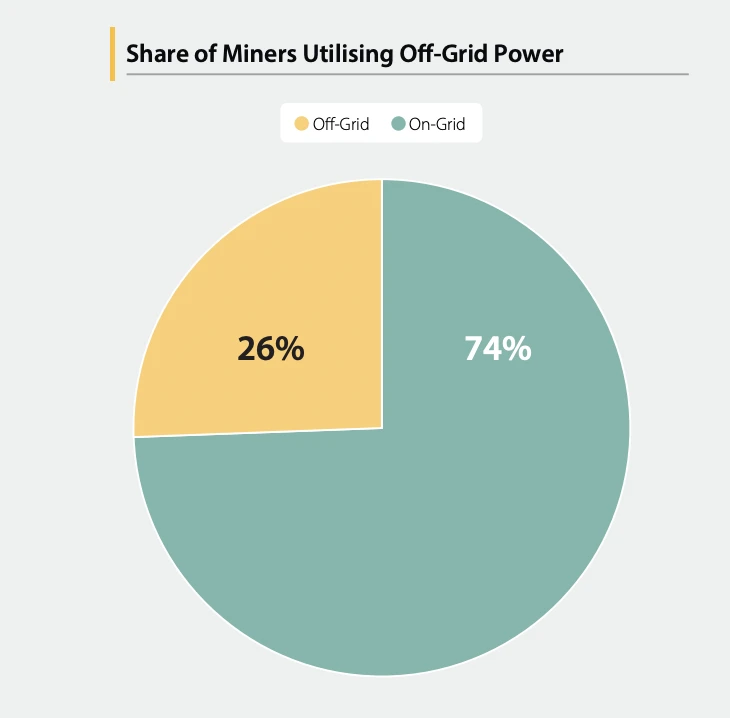
2. Carbon Intensity Has Significantly Decreased, Lower than Many Traditional Industries
In terms of carbon emissions, this report provides a new estimate: the Bitcoin network generates 288.2 grams of CO₂e/kWh per kilowatt-hour of electricity. This value is already lower than many large traditional industries and is very close to the estimate by independent researcher Daniel Batten (266 grams), indicating that the data is generally reliable.
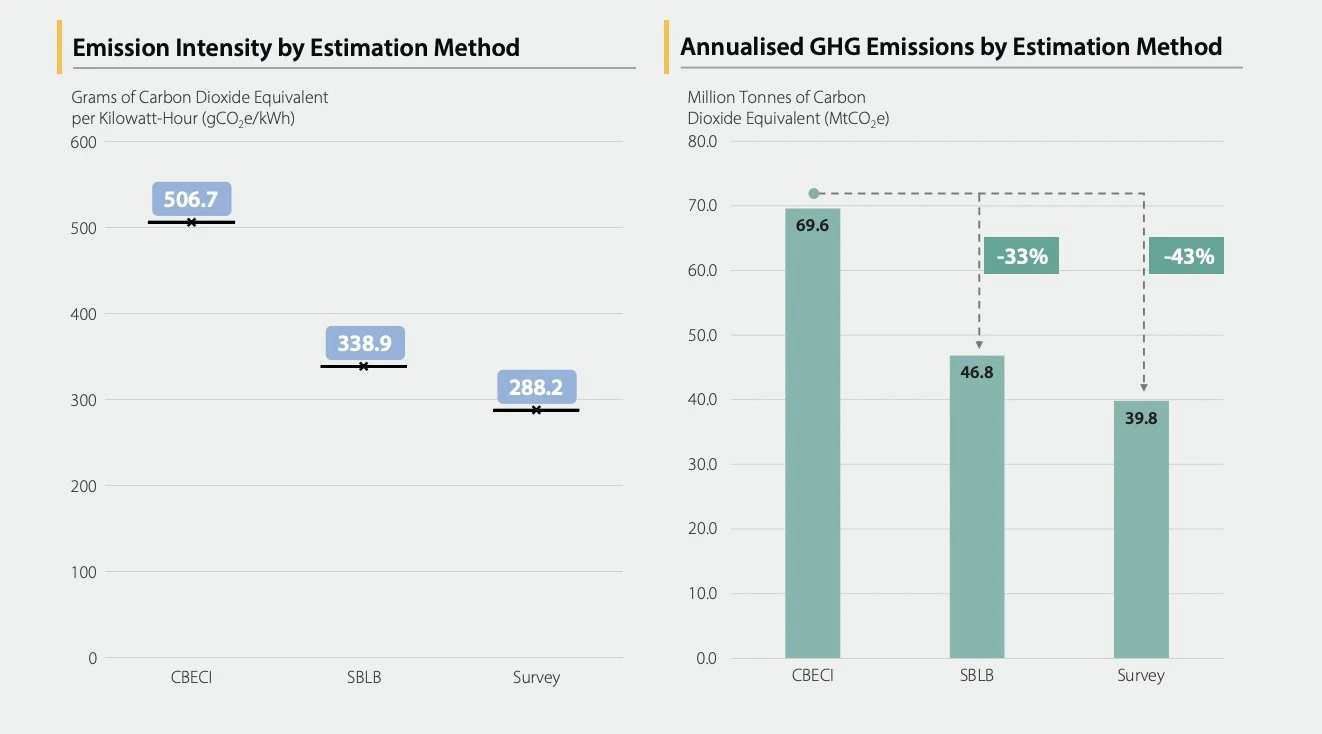
More importantly, the total annual carbon emissions of the entire Bitcoin network are approximately 39.8 million tons of CO₂e, a figure lower than many people imagine, and there has been no significant growth over the past four years. This is mainly due to two factors:
Mining machines are becoming increasingly efficient, with stronger hash rates per unit of energy consumed;
More and more miners are actively migrating to areas that use clean energy.
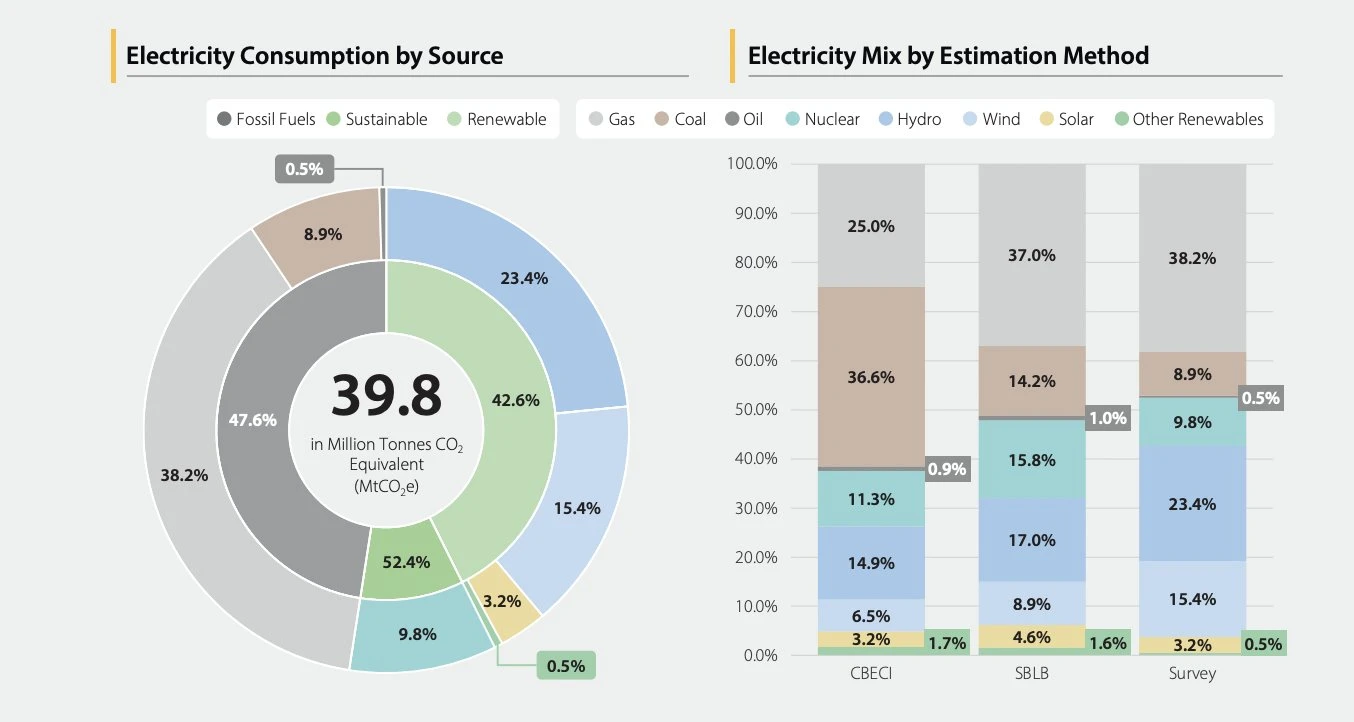
3. Methane Reduction Measures Are Starting to Show Results, 5.5% of Emissions Have Been Offset
In addition to "what kind of electricity" is used, the mining industry is beginning to adopt some more "aggressive" carbon reduction measures. For example, some mining companies directly use flare gas from oil and gas fields that would otherwise be burned to generate electricity for mining. This not only allows for mining but also prevents methane from being directly released into the atmosphere.
When this "negative carbon energy" is accounted for, the net emissions of the Bitcoin network drop to 37.6 million tons of CO₂e, a reduction of about 5.5% from the initial data. This contribution to emissions reduction can no longer be ignored.
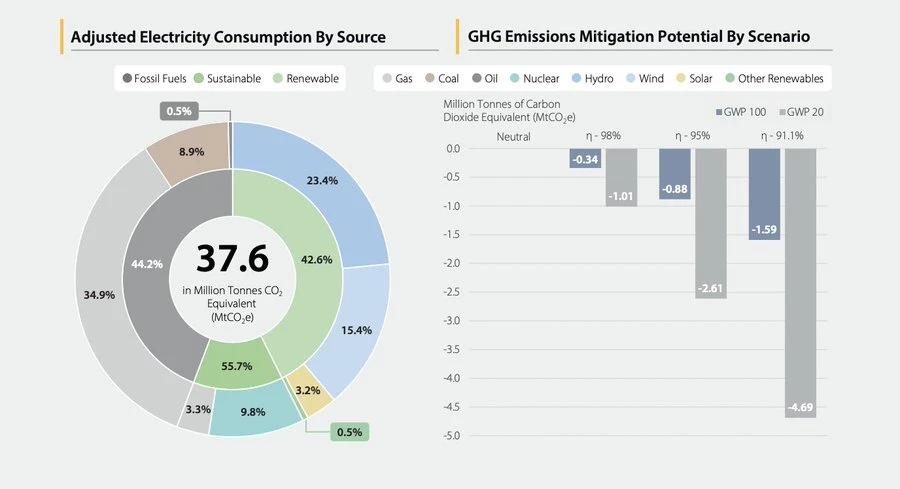
4. Mining Equipment Recycling Rate Reaches 86.9%, E-Waste Management Better than Most Industries
Many people worry that the rapid turnover of Bitcoin mining equipment will generate a lot of electronic waste. This report also addresses this issue:
86.9% of the equipment is recycled, resold, or reused, rather than being directly discarded;
Only 3.2% of companies do not have a dedicated electronic waste management plan.
This indicates that the Bitcoin mining industry is actually much more aware of environmental protection than the outside world might imagine.
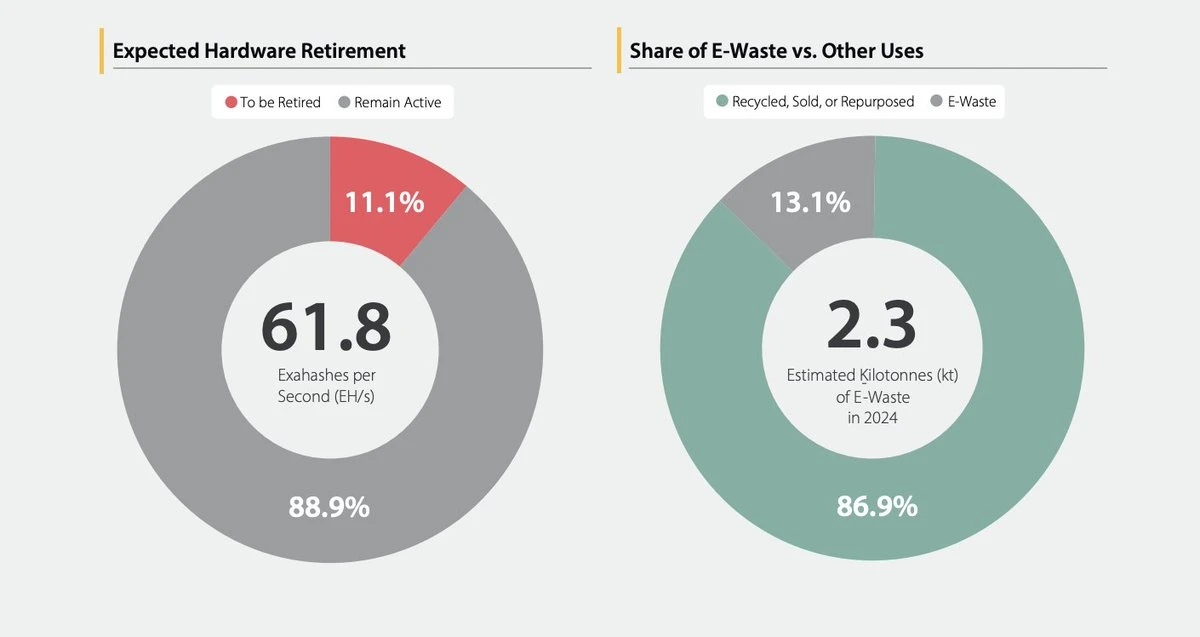
5. Mining Equipment Is Becoming More Efficient, Many Underestimate This
The Cambridge team also specifically mentioned that many past criticisms of Bitcoin's "high energy consumption" actually overlook a key variable: the efficiency of equipment has been improving.
From early CPU/GPU to ASIC dedicated chips, each iteration brings an increase in hash rate per unit of energy consumed. Just as those who criticized the internet for being "too energy-consuming" did not consider Moore's Law, many people today also overlook the energy efficiency revolution brought about by advancements in mining machines.
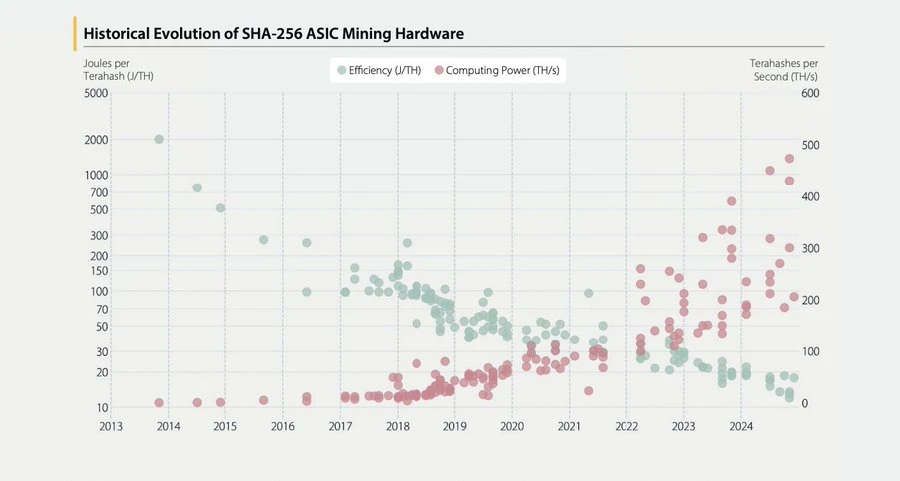
6. Bitcoin's "Illegal Uses" Are Decreasing, Not Increasing
The report also clarifies the usage of Bitcoin in illegal activities: data shows that the proportion used for illegal purposes peaked in 2019, with the absolute number peaking in 2022, and both indicators are now on the decline.
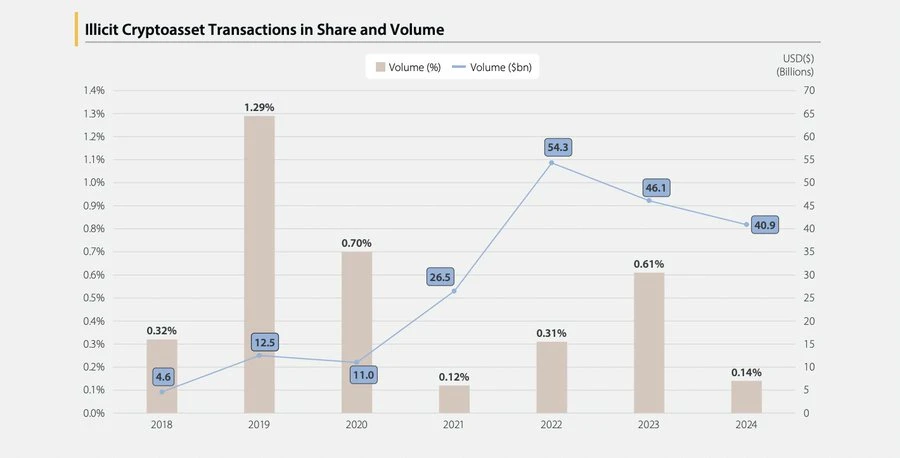
This report serves as a positive correction to the stigmatization of Bitcoin. It breaks the outdated impression of "Bitcoin = fossil energy" and provides a new factual basis for policymakers, regulatory agencies, and the media.
免责声明:本文章仅代表作者个人观点,不代表本平台的立场和观点。本文章仅供信息分享,不构成对任何人的任何投资建议。用户与作者之间的任何争议,与本平台无关。如网页中刊载的文章或图片涉及侵权,请提供相关的权利证明和身份证明发送邮件到support@aicoin.com,本平台相关工作人员将会进行核查。




